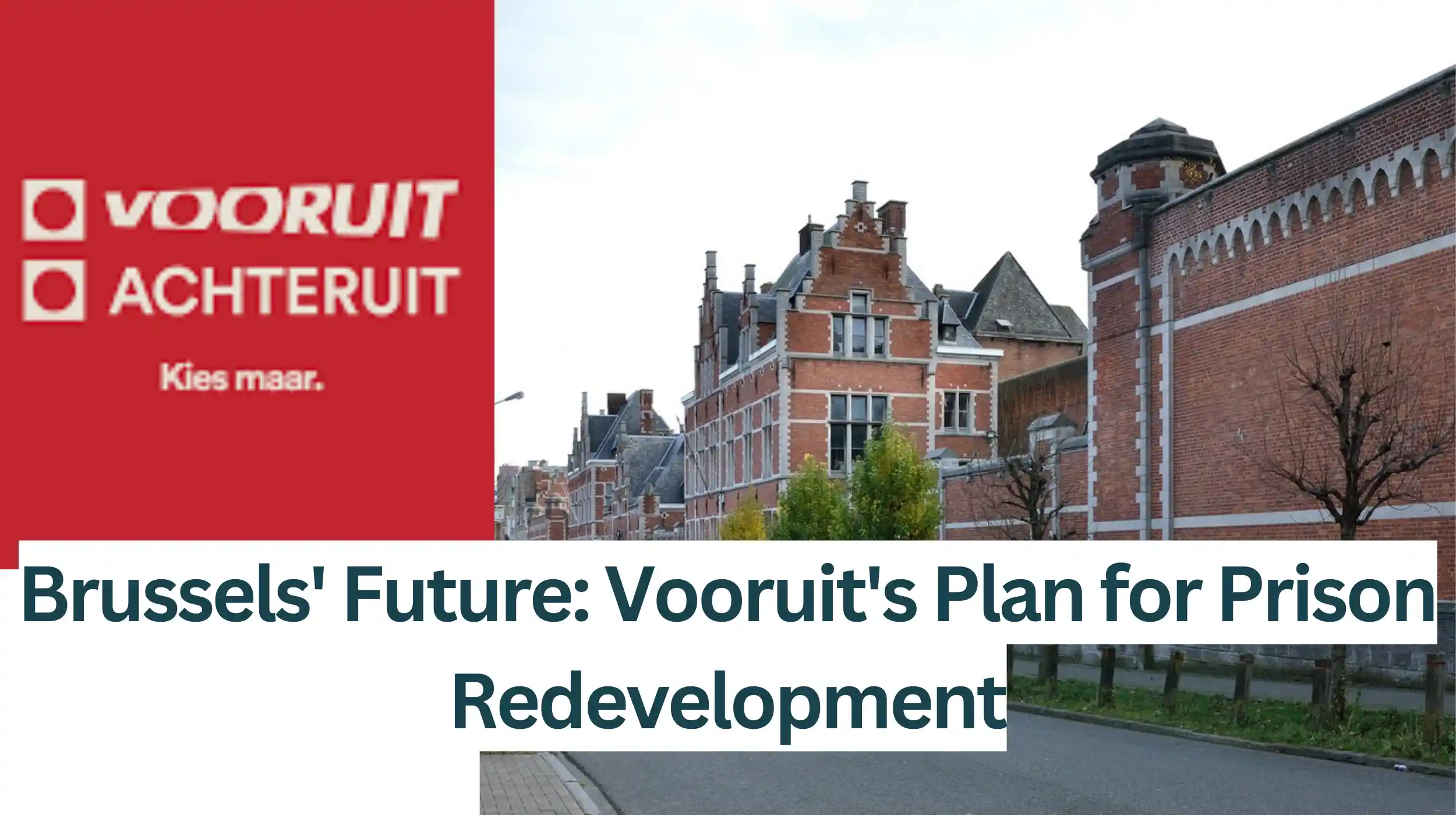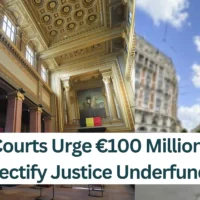Brussels (Brussels Morning) – Vooruit plans to transform Saint-Gilles and Forest prisons in Brussels into an open urban district, offering art, sports, education, accommodation, and reintegration opportunities.
Vooruit has revealed plans to transform Saint-Gilles and Forest prisons in Brussels into an “open urban district” where local citizens can enjoy art, sport, education and accommodation possibilities.
Why is Saint-Gilles prison slated for closure by year-end?
Saint-Gilles prison is billed to shut by the end of the year, with conditions inside the prison having been impressed “catastrophic” due to overcrowding and staff deficiencies. Dutch-speaking socialists Vooruit want to move fast to transform the vacated space into a lively community hub. With a length of 6.5 hectares (almost ten football pitches), the party considers that pre-existing infrastructure is ideal for its ‘Quartier ConneXion’ project.
Vooruit’s vision concerns “a place where the people of Brussels can come jointly to create and relax and then to live and learn[…] Forest prison has already been drained of its inmates, and Saint-Gilles will soon observe. There is no time to fail. The site needs to find a new function as soon as possible.”
What urgency does Vooruit see in repurposing the prison grounds?
This urgency seeks to prevent the grounds from becoming empty, like so many other properties in Brussels. A study issued by the investigative newspaper Apache in November last year revealed that there is over 1.2 million m² of unstructured public land and vacant buildings in the capital city.
What potential does Quartier ConneXion hold for Brussels residents?
Vooruit is willing to cater to artists’ needs by delivering studio space. The layout of the prison facility is “ideal” for this use, they say, and they also plan to install in the former Forest prison a concert hall, an open-air theatre, and spaces where road artists will be able to make art. All in all, Quartier ConneXion will function as the “ideal location to offer artistic work to the general public and to organise performances and exhibitions.”
What sports and recreational opportunities will be available?
Sports-wise, there will be numerous indoor and outdoor opportunities, such as dancing, skating, climbing, basketball, volleyball and jogging. The outdoor sports will take place in the park area anticipated which will entail ample green spaces, a city ranch with vegetable plots, sheep and chickens, and a wild pond.
Aside from steps open to the general public, Vooruit wants to operate the space for long-term residence opportunities too. “The site is not only an excellent play and sports area, but it can also become the home of young people and youth movements from the neighbourhood so that they finally have their own premises and a new youth centre.”
Who will have access to long-term residence opportunities?
The party also wishes to implement a housing scheme that presents priority to people working in essential roles, such as nannies, firefighters and teachers. Accommodation will be attended by nurseries, schools and an educational campus.
There will be an action to reintegrate prisoners doing short-term sentences (up to three years) housed in the nearby Berkendael confinement centre. These individuals will be “vigorously involved” in the farm, education prospects, and art and sports activities. Vooruit is also examining into creating a second detention camp housing up to 50 people on the site.
Saint-Gilles is a manifestation of Belgium’s prison system squeaking under a swathe of problems including overcrowding and chronic staff shortages.
The building in Haren is supposed to return to Saint-Gilles prison, to safeguard prisoners from dangers that happen by housing them in a prison with inadequate staff numbers, as is the case in Saint-Gilles. Haren prison was extended in 2022 in a bid to resolve these problems but has thus far come under blaze for its own set of bad living conditions and severe inefficiency.



